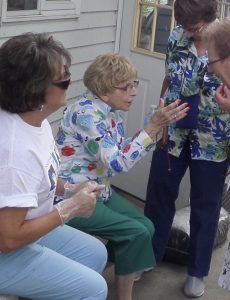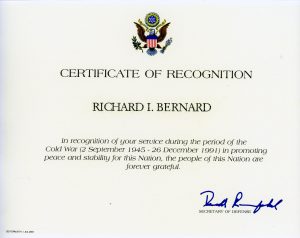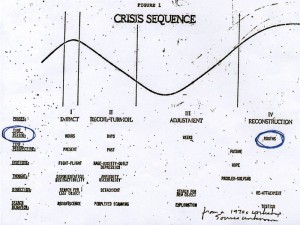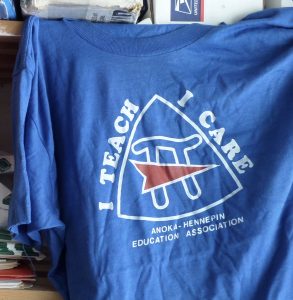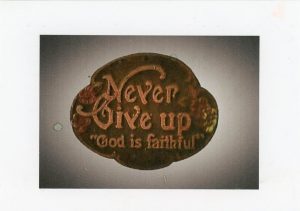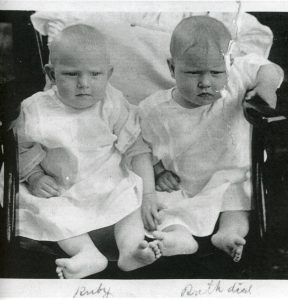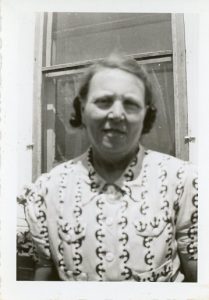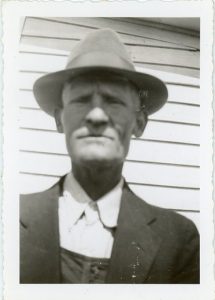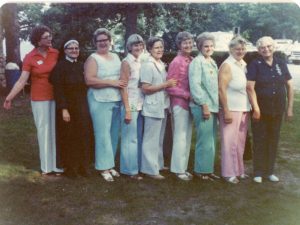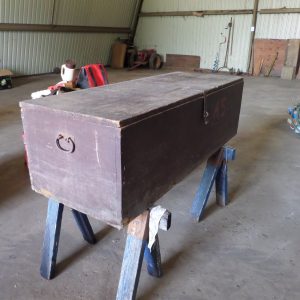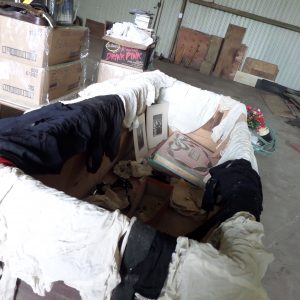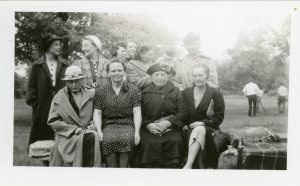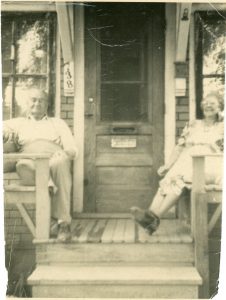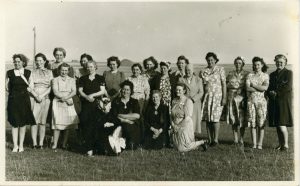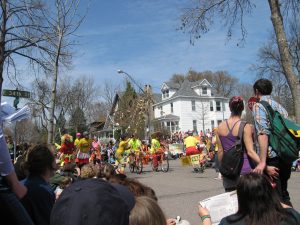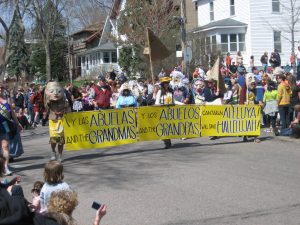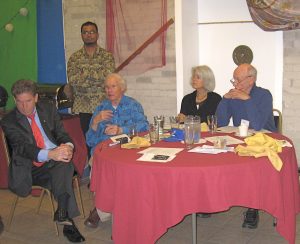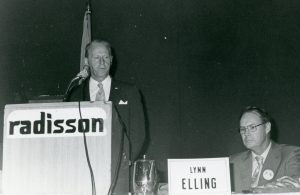#1164 – Dick Bernard: A Friend, Annelee Woodstrom, turns 90
Today, up in Ada, MN, there will be a little party for our friend, Annelee (Anneliese Soelch) Woodstrom, who is about to turn 90.
I say “little”, facetiously. When someone has lived in a town for 57 years; was a longtime teacher in the area public schools (Twin Valley); is a well known author, still writing and speaking publicly about her experiences growing up in Nazi Germany, and living as a war bride in post war United States (Crookston and Ada MN), one picks up a friend here or there.
Annelee wrote yesterday “Tonight 11 people will be here, 10 arrive tonight. Well, we will manage. Four of my relatives flew in from Germany.”
A while back she asked for a print of the old barn at the North Dakota farm of my ancestors, so our birthday gift to her, received earlier this week, is
(click to enlarge)
She said, “Somehow, that photo gives me peace.”
I’m very happy to oblige, with special thanks to the family friend who took the photo in the first place.
I happened across Annelee 13 years ago, when I read in the Fargo (ND) Forum about her new book, “War Child Growing Up in Adolf Hitler’s Germany” (see link above). Our friendship started there, and I was honored to help her with her second, “Empty Chairs”, about her years in Minnesota; and now I’m assisting on her third, as yet untitled, which ties her abundant life learnings together. The reunion today puts the third book in the background, but only for awhile. She’ll be back at it, and I have no doubt it will be completed.
It was her lot in life to begin schooling in Mitterteich Germany, (walking distance from today’s Czech Republic) coincident with Adolf Hitler’s rise to power. Her parents refused to join the Nazi party, and at 13 her formal schooling ended and she was put to work as a telegrapher, living through the worst times of the war, reduced almost to starvation at the end.
Her father, a road engineer by trade, was conscripted into the German Army, and except for one home leave, he was never seen again. They believe he died in Russia, but are not sure.
She met her “Gentleman Soldier” Kenny Woodstrom at war’s end, and in 1947 came to the United States as an “alien” to marry him – a marriage of over 50 years, till his death in 1998.
In the late 1960s, she decided to go to college at Moorhead State, and commuted back and forth from Ada, and for 22 years she taught in Twin Valley Minnesota Public Schools, at one point being recognized as a finalist for Minnesota Teacher of the Year. It was an honor she richly deserved.
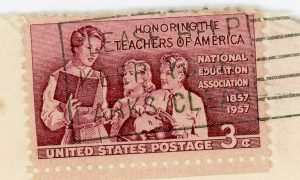
One of her two children, a daughter, Sandy, was killed by a drunken driver, and her son, Roy, was a long-time librarian at a Minneapolis public library. Her son, daughter in law, Linda, grandchildren and great grandchildren and a great many others will be greeting her today in Ada.
Annelee’s is one of many life stories. She still does public speaking, and if you have an opportunity to hear her speak, make it a point….
Happy Birthday, Annelee.

